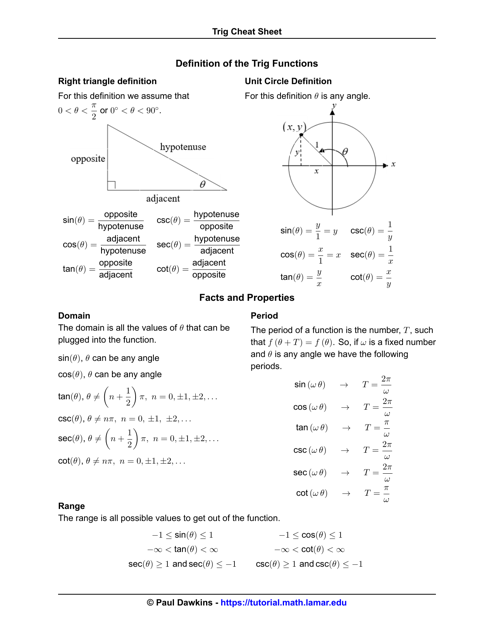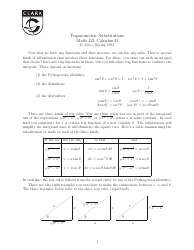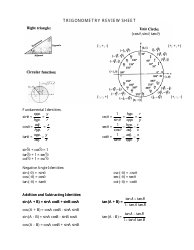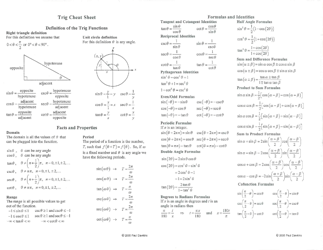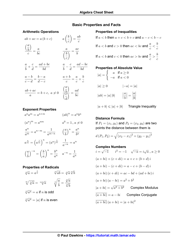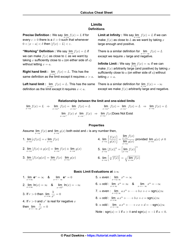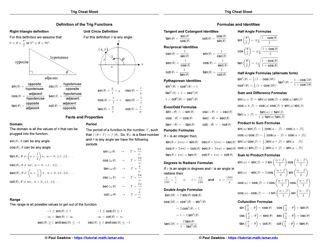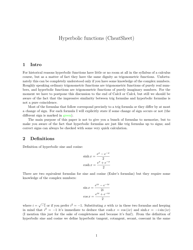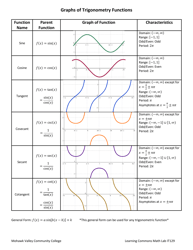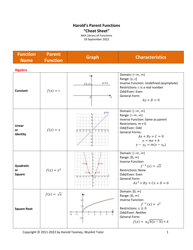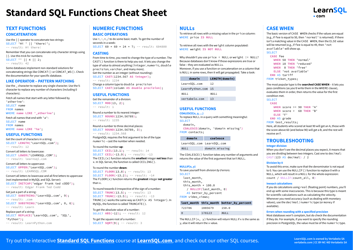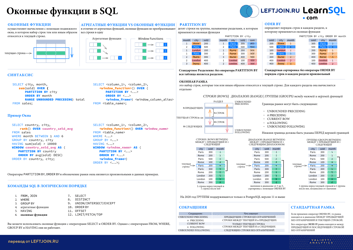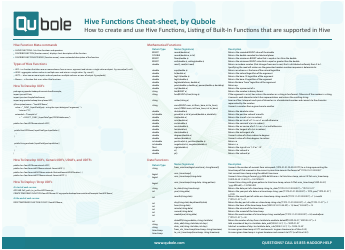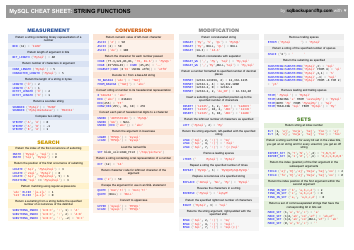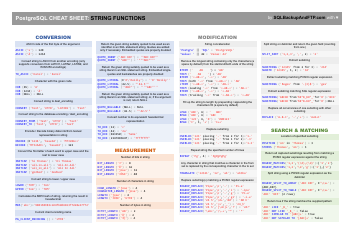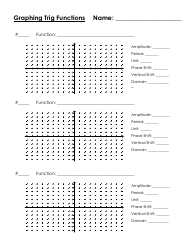Trig Functions Cheat Sheet - Paul Dawkins
The Trig Functions Cheat Sheet by Paul Dawkins is a reference guide that provides a summary of trigonometric functions and their properties. It is meant to assist students and individuals in understanding and applying trigonometric concepts in mathematics.
FAQ
Q: What is a sine function?
A: The sine function relates the measure of an angle to the ratio of the length of the side opposite the angle to the length of the hypotenuse.
Q: What is a cosine function?
A: The cosine function relates the measure of an angle to the ratio of the length of the adjacent side to the length of the hypotenuse.
Q: What is a tangent function?
A: The tangent function relates the measure of an angle to the ratio of the length of the side opposite the angle to the length of the side adjacent to the angle.
Q: What are the reciprocal functions of sine, cosine, and tangent?
A: The reciprocal of the sine function is the cosecant function, the reciprocal of the cosine function is the secant function, and the reciprocal of the tangent function is the cotangent function.
Q: What are the primary trigonometric identities?
A: The primary trigonometric identities include the Pythagorean identities, reciprocal identities, quotient identities, and the even/odd identities.
Q: What are the periodic properties of trigonometric functions?
A: Trigonometric functions are periodic, meaning they repeat their values after a certain interval. The sine and cosine functions have a period of 2π, while the tangent function has a period of π.
Q: What is the unit circle?
A: The unit circle is a circle with a radius of 1 unit. It is used to define the values of trigonometric functions for all angles.
Q: What is the law of sines?
A: The law of sines relates the sides of a triangle to the sines of its angles. It states that the ratio of the length of a side to the sine of the opposite angle is constant for all sides and angles of the triangle.
Q: What is the law of cosines?
A: The law of cosines relates the sides and angles of a triangle. It states that the square of one side of a triangle equals the sum of the squares of the other two sides, minus twice the product of the lengths of those two sides and the cosine of the included angle.
Q: What are the trigonometric functions for special angles?
A: For special angles (0°, 30°, 45°, 60°, 90°), the values of trigonometric functions can be easily determined using the unit circle or special triangles.
